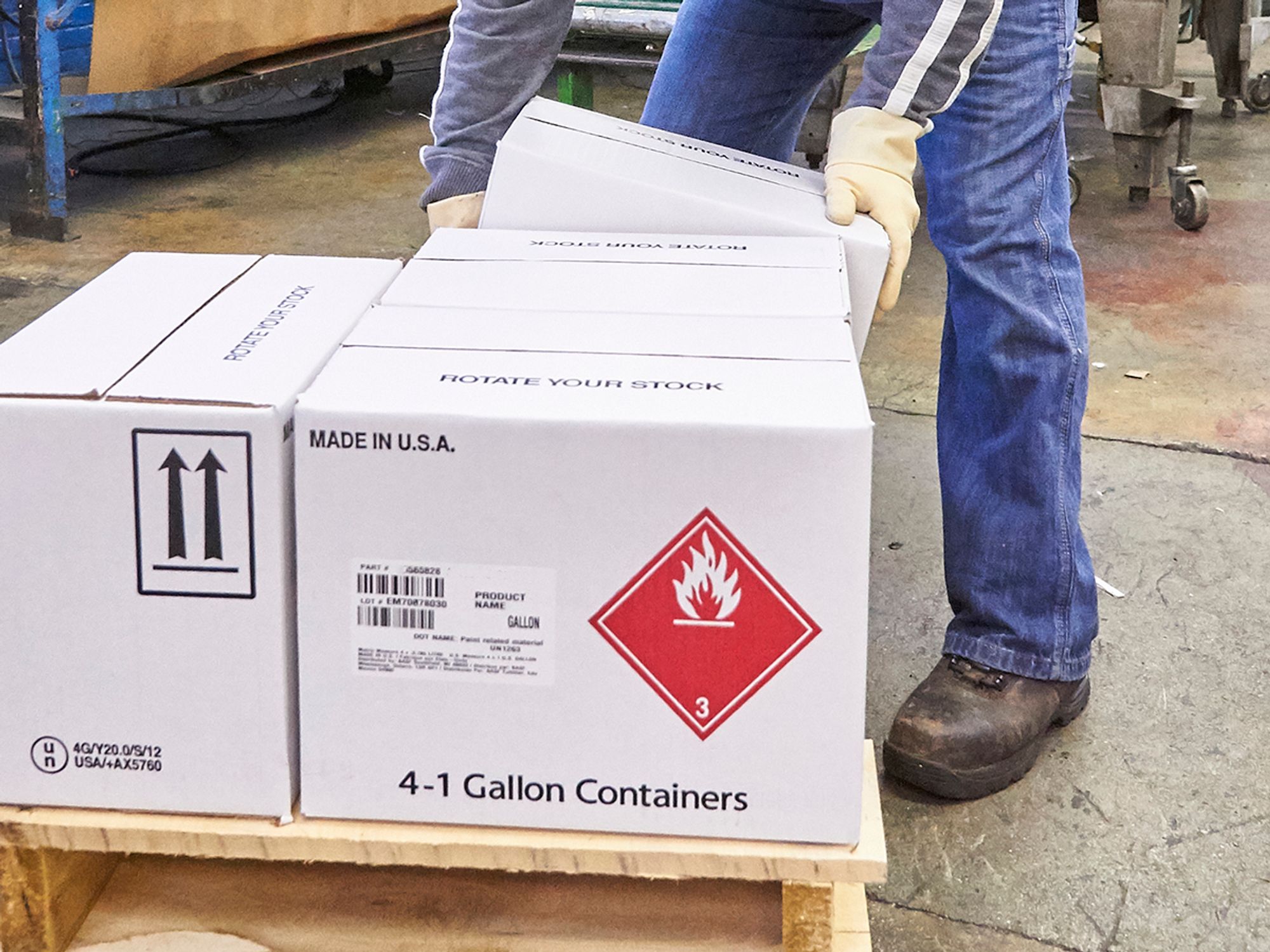InstituteHazmat: AirIn Depth Sub Topics (Level 4)Hazmat SafetyHazmat EdgeFocus AreaUSAEnglishAnalysisTransportationHazmat: Air
Multiple hazards under IATA
['Hazmat: Air']

- Some dangerous goods will meet the definition of more than one hazard class. Usually, the hazard class that poses the greatest danger would become the primary hazard.
Occasionally, there will be situations when dangerous goods meet the definition of more than one hazard class, and it’s not specifically listed by name in the List of Dangerous Goods. In this case, you must determine which of the hazard classes will be the primary hazard. Typically, the hazard class that poses the greater hazard during transport would take precedence and become the primary hazard. This determination will impact your selection of the material’s proper shipping name and ultimately, how the material is identified on the required shipper’s declaration for dangerous goods, packaged, marked, labeled, and placarded.
Dangerous goods must be classed according to the precedence of hazard table located in Section 3.10.
